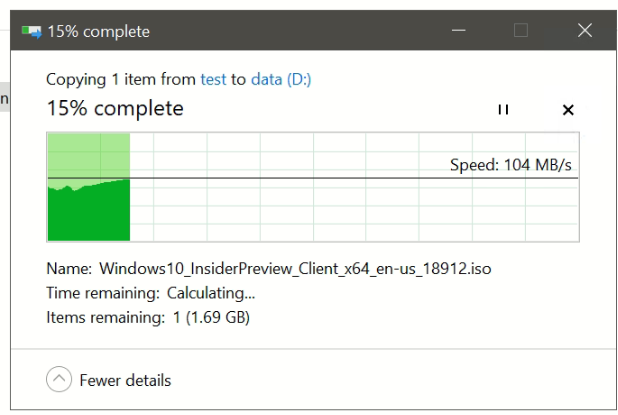

- #How to create a samba share in windows 7 how to
- #How to create a samba share in windows 7 install
- #How to create a samba share in windows 7 software
#How to create a samba share in windows 7 how to
For this article we will run though how to set up a shared folder and how to connect WipeDrive to that Shared Folder. Windows Share saves the logs generated by WipeDrive to a shared folder across a network. Modified on: Tue, 12 Apr, 2022 at 3:00 PM Have a different approach for creating SAMBA server? Share with us.Solution home Categories Logging How to Setup Samba Share(Windows Share) You have your first SAMBA server created for sharing with windows based system. Just make sure that the directory you want to share actually exists and the permissions are correct. To check that everything is working try creating a directory from Windows.To create additional shares simply create new sections in /etc/samba/smb.conf, and restart Samba. \\192.168.1.1 or hostname in a Windows Explorer window. If your client doesn’t show your share automatically, try to access your server by its IP address, e.g. Finally, restart the samba services to enable the new configuration: sudo systemctl restart rvice rvice From a Windows client, you should now be able to browse to the Ubuntu file server and see the shared directory. The -p switch tells mkdir to create the entire directory tree if it does not exist. Create the directory and change permissions from the terminal – $ sudo mkdir -p /srv/samba/share $ sudo chown nobody:nogroup /srv/samba/share/ Now that Samba is configured, the directory /srv/samba/share needs to be created and the permissions need to be set. If the value is yes, then access to the share is read only.Ĭreate mask: determines the permissions new files will have when created.

Write privileges are allowed only when the value is no, as is seen in this example. Read only: determines if the share is read only or if write privileges are granted. Guest ok: allows clients to connect to the share without supplying a password. Technically Samba shares can be placed anywhere on the filesystem as long as the permissions are correct, but adhering to standards is recommended.īrowsable: enables Windows clients to browse the shared directory using Windows Explorer. This example uses /srv/samba/share because, according to the Filesystem Hierarchy Standard (FHS), /srv is where site-specific data should be served. Path: the path of the directory to be shared.

Then add the information below to the very end of the file – comment = Ubuntu File Server ShareĬreate mask = 0755 Comment: is a short description of the share. Note that all commands (Server or Desktop) must be run as a root. If you are setting this on a Ubuntu server you can use vim or nano to edit smb.conf file, for Ubuntu desktop just use the default text editor file. Creating a copy of the file in the same folder as the original file. This command will make the backup file in your home directory or alternatively – $ sudo cp /etc/samba/smb.conf /etc/samba/smb_bkp.conf To backup, the file before changing it, make a copy of the file. The configuration file is located in /etc/samba/ on a file named messing with system files, it is always better to make a backup of the file we are about to change.
#How to create a samba share in windows 7 install
To configure SAMBA first step is to install it using the command below – $ sudo apt install samba After the installation finishes, all you have to do is configure it. Configure SAMBA Server And Transfer Files Between Linux & Windows How To Install Samba Server On Ubuntu Linux?
#How to create a samba share in windows 7 software
File transfer between Linux and Windows can be done using SAMBA which is an open-source software suite that provides seamless file and print services to SMB/CIFS clients, allowing interoperability between Unix/Linux based system and Windows-based system. If you are reading this article it means you have a network at home or office with Windows and Linux hosts or have created a virtual network using VirtualBox and need to send files between a Linux host to Windows.


 0 kommentar(er)
0 kommentar(er)
